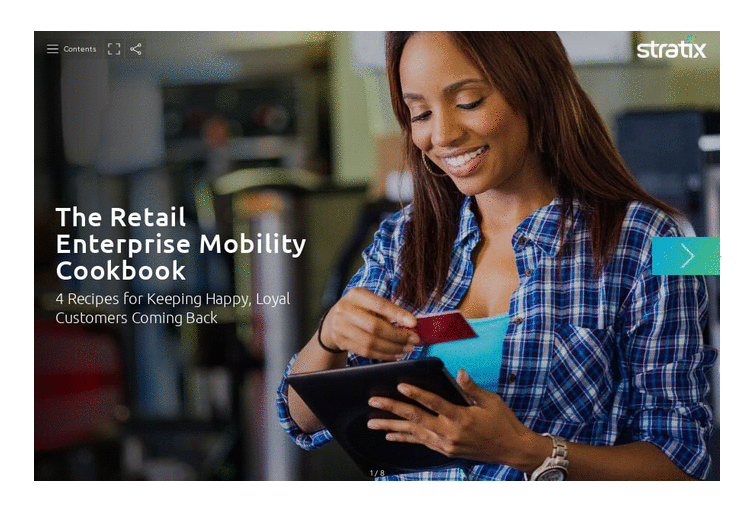The Game of Risk: Why Lack of Innovation is Tied to Stagnant Retail Growth
Written by Dipesh Hinduja
2 Min Read
Blog
In 333 BC, Alexander the Great was marching boldly through what would come to be known as the Turkish region of Asia. He came upon a city called Gordium, named for the ancient king Gordius, the father of the more well-known Midas. Alexander was shown Gordius’ chariot, which was tied to a pole by means of a very elaborate patchwork of knots that formed a single megaknot. They were entangled so greatly that no one could seem to determine where they ended or how they were fastened together. According to tradition, the knot was to be untied only by a man who had the means to solve this rather difficult puzzle and would subsequently become the future conqueror of all of Asia. Alexander took the same path many predecessors did in contemplating what conventional means he could use to untie the knot. After struggling with it to no avail, he determined that it was irrelevant how the knot was undone. Swiftly, he drew his sword and sliced the knot in half, thereby conquering this seemingly irresolvable challenge.
Legend was born, and “Gordian knot” would go on to become a descriptor for any challenge that was so difficult that only bold, unorthodox actions could defeat it. This should be quite resonant to modern-day retailers as they face a formidable entanglement of challenges from e-commerce disruptors, soaring operational costs and degradation of the customer experience while simultaneously dealing with expectations of growth. According to a recent report by VDC Research, retailers are letting financial factors dictate their digital strategies to solve these challenges. While they are heavy users of mobile technology, this tends to be driven more by mobile technology ubiquity and consumer expectations than a desire to innovate the customer experience.
In fact, the report found that while there are both trailblazing innovators and follow-the-leader laggards in all of the industries they profiled, retailers had the lowest incidence of “innovators” across all of the industries surveyed. Why? Risk aversion and fearfulness of financial constraints are pervasive in the modern retail environment. Financial impact was, by far, the greatest measure of successful past deployments for retailers, and upfront cost was the single most important criterion for selecting technology partners going forward.
But this line of thinking informs a myopic loop of sorts wherein they only adopt a technology when it has reached mass adoption and other business have proven its usefulness through business cases and ROI. The greatest financial benefits from adopting this technology, however, go to the earliest adopters or “innovators”. Thus, retailers remain stuck in a perpetual cycle of following the leader in hopes of a sure thing, but never achieving the growth they aspire to.
This begs the question: If all of these competitors have access to the same mobile technology tools, how are some leading in growth, while others struggle to prepare for technology-led evolution and disruption?
This proverbial “Gordian knot” has constrained the thinking of retailers, but there are still bold actions available to solve this puzzle. According to the findings of the VDC Research report, the Innovators look past a specific tool or device and develop mobile technology maturity by:
- Intrinsically understanding their environment and users
- Planning for successful outcomes
- Designing and supporting the right technology for their individual needs
In other words, it’s not the “what”, but rather the “how” that makes the biggest difference.
To improve their technological maturity – and increase the number of innovators even while operating within cost constraints – retailers must seek out strong technology partnerships. A good network of technology partnerships allows retailers to leverage the areas of partner expertise (e.g. mobile point of sale, heterogeneous mobile, frictionless transactions, etc.) to deploy these technologies effectively and early enough to realize the optimal benefits.
Additionally, this allows retail decision-makers to sidestep inherent barriers to innovation such as a lack of executive support or a change-resistant culture within their organization. Risk and cost aversion may initially seem to suggest it’s more advantageous to quickly deploy these items in-house in order to leverage the IT resources you already have to ostensibly keep costs down. This option, however, tasks traditional IT departments and decision-makers with quickly deploying and supporting innovative technologies such as wearables or Internet of Things (IoT). There are no shortage of horror stories of rushed, disastrous deployments that only make retail organizations more risk averse – thereby tightening the “Gordian knot”.
This is where the right technology partners come in. Their specialized knowledge of leveraging technology in innovative ways makes them ideal for determining the right devices and right form factors for the role – in unique retail environments. They are also best equipped to design multiple use cases – from point of sale to line busting to merchandising support – from a single device, thereby making the most of the retailers’ mobile spend. Engaging smart technology partners who have experience in online and brock-and-mortar equips retailers for successfully employing emerging omnichannel shopping avenues such as Click and Collect or Buy Online Pick up In Store (BOPIS).
Concentrating your resources with smart technology partners may run contrary to the conventional wisdom of retailers staying risk averse and cost-controlled amidst the challenges of modern-day retailers. Realizing the rewards of smart technology deployments, however, requires bolder thinking and more agile and proactive strategy and tactics to recognize the biggest revenue gains and preparedness against technology-led disruption.

Recipes that Boost Sales
Our team of mobility solution architects have crafted retail mobile technology 'recipes' to boost sales, build loyalty and create happy customers.
Get the eBook












